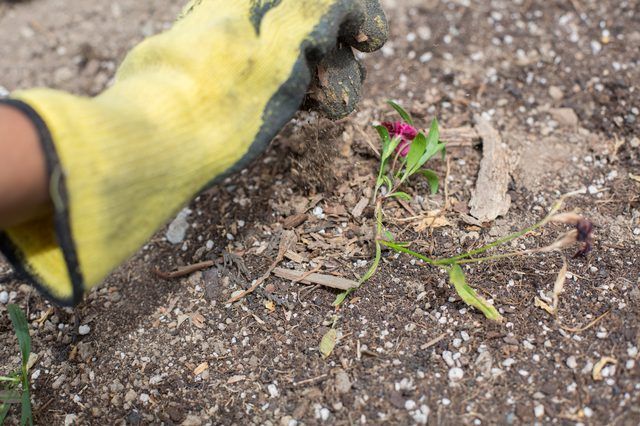Bulbs
Flower Basics
Flower Beds & Specialty Gardens
Flower Garden
Garden Furniture
Garden Gnomes
Garden Seeds
Garden Sheds
Garden Statues
Garden Tools & Supplies
Gardening Basics
Green & Organic
Groundcovers & Vines
Growing Annuals
Growing Basil
Growing Beans
Growing Berries
Growing Blueberries
Growing Cactus
Growing Corn
Growing Cotton
Growing Edibles
Growing Flowers
Growing Garlic
Growing Grapes
Growing Grass
Growing Herbs
Growing Jasmine
Growing Mint
Growing Mushrooms
Orchids
Growing Peanuts
Growing Perennials
Growing Plants
Growing Rosemary
Growing Roses
Growing Strawberries
Growing Sunflowers
Growing Thyme
Growing Tomatoes
Growing Tulips
Growing Vegetables
Herb Basics
Herb Garden
Indoor Growing
Landscaping Basics
Landscaping Patios
Landscaping Plants
Landscaping Shrubs
Landscaping Trees
Landscaping Walks & Pathways
Lawn Basics
Lawn Maintenance
Lawn Mowers
Lawn Ornaments
Lawn Planting
Lawn Tools
Outdoor Growing
Overall Landscape Planning
Pests, Weeds & Problems
Plant Basics
Rock Garden
Rose Garden
Shrubs
Soil
Specialty Gardens
Trees
Vegetable Garden
Yard Maintenance
How to Grow Sweet Williams
How to Grow Sweet Williams. Sweet Williams (Dianthus barbatus) produce small delicate clusters of pink, red or white flowers during spring and summer. Although they are hardy in U.S. Department of Agriculture plant hardiness zones 3 through 9, they are short-lived perennials, so they are often treated as annuals. Proper pruning and basic care...
Sweet Williams (Dianthus barbatus) produce small delicate clusters of pink, red or white flowers during spring and summer. Although they are hardy in U.S. Department of Agriculture plant hardiness zones 3 through 9, they are short-lived perennials, so they are often treated as annuals. Proper pruning and basic care encourages the existing plants to thrive and flower for several years, and natural reseeding can ensure that new sweet Williams continue to bloom long after the original plants have faded.
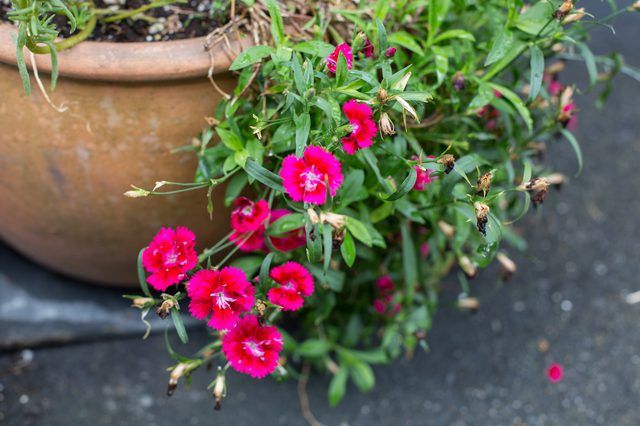
Things You'll Need
Compost
Mulch
Garden fork or trowel
Soluble balanced fertilizer
Watering can
Shears
Cloth
Rubbing alcohol
Step 1
Cover the soil in a well-drained, full-sun garden bed with a 1-inch layer of compost before planting new sweet Williams in spring, and work the compost into the top 6 inches of soil with a garden fork or trowel.
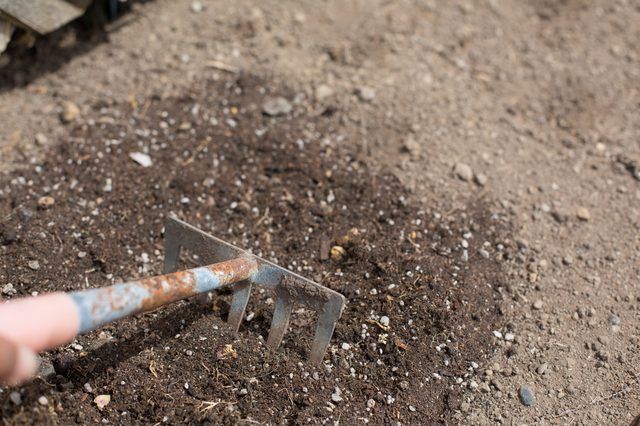
Step 2
Space new plants 8 to 12 inches apart in all directions. Plant them at the same depth they were growing at previously. If your sweet William plants reseed themselves, thin out the new seedlings after they germinate so the remaining plants are at the recommended spacing.
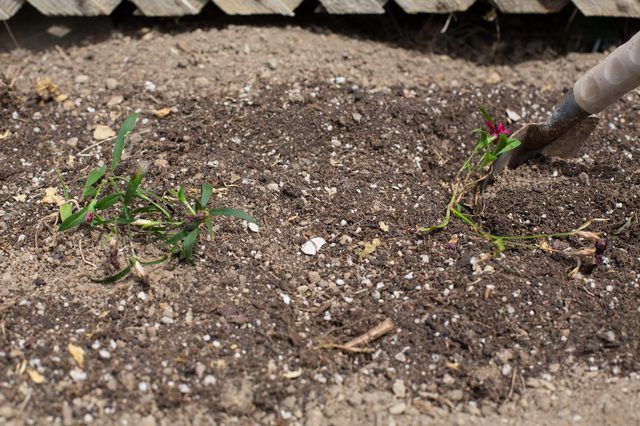
Step 3
Spread a 2-inch layer of mulch over the top of the soil, pulling it back from the base of the plants to help retain soil moisture in summer. Water the plants once weekly when there is less than 1 inch of rainfall, providing about 1 inch of water a week.
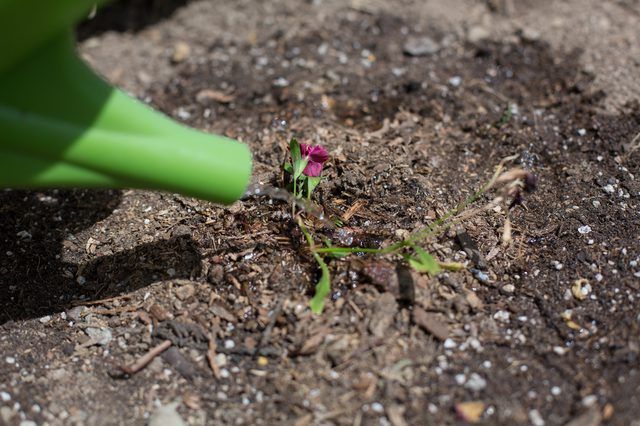
Step 4
Mix 1 tablespoon of balanced soluble fertilizer with 1 gallon of water. Water the sweet Williams with the solution after their first flush of bloom to replenish the nutrients in the soil and encourage further flowering.
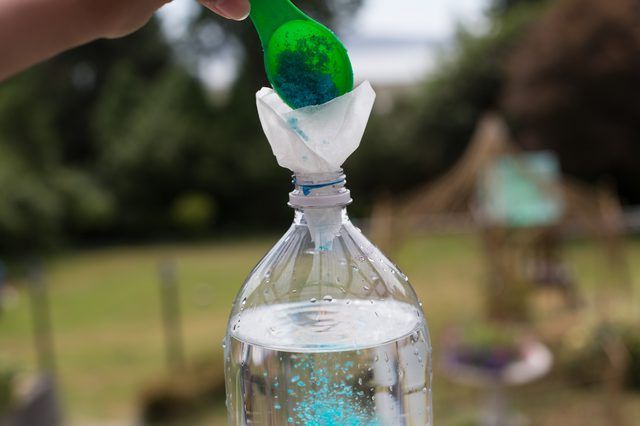
Step 5
Cut back the flowers after each bloom flush to force further flowering. Wipe the shears with a cloth soaked in rubbing alcohol to disinfect them before pruning. Remove up to one-third of the plants' top growth and pinch off any remaining dead flowers by hand.

Step 6
Check the foliage daily for holes or ragged edges that may indicate slug or snail infestations. Sprinkle slug bait granules around any affected plants, replacing the granules every two to three days until the pests are gone. Alternatively, remove the slugs and snails by hand and destroy them when they come out to feed after dark.
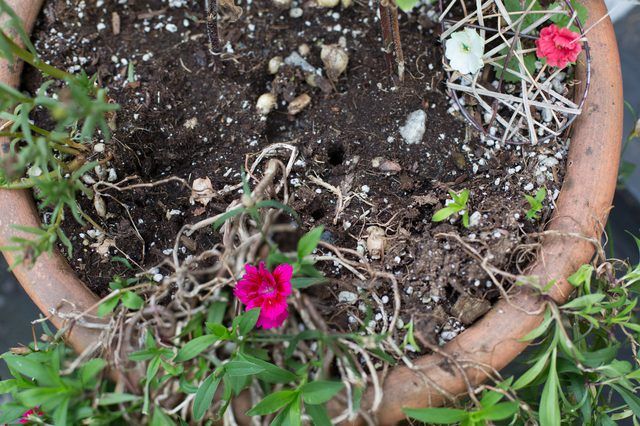
Step 7
Cut back the entire plant to within 1 inch of the ground after the first fall frost kills back the foliage. The sweet Williams will grow back in spring if they have perennialized successfully.

Step 8
Spread 1 inch of compost around existing perennial sweet Williams each spring after they begin putting on new growth, leaving a 1-inch space between the compost layer and the stems of the plants. The compost breaks down and leaches nutrients into the soil over the summer.
